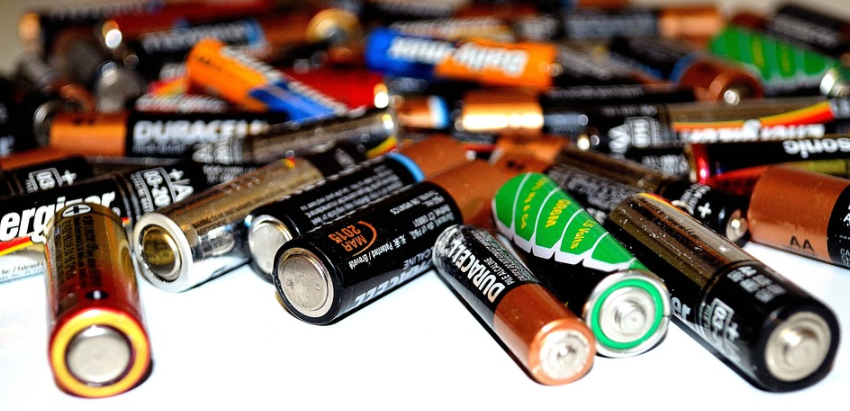Researchers have been investigating the use of low-cost materials to produce rechargeable batteries that would reduce energy storage costs. They've now shown that a modern aluminum-based technique produces rechargeable batteries of up to 10,000 error-free cycles.

A team from Cornell University, led by Dean and Professor of Engineering Lynden Archer, have been looking into using low-cost materials to produce rechargeable batteries that would make energy storage more accessible. They've now shown that a modern aluminum-based technique produces rechargeable batteries of up to 10,000 error-free cycles.
Renewable Energy Storage

This latest kind of battery could be a cleaner and greener alternative to lithium-ion batteries, which already dominate the industry but are slow to charge and prone to catching fire.
The team's paper was published in Nature Energy under the title "Regulating Electrodeposition Morphology in High-Capacity Aluminium and Zinc Battery Anodes Using Interfacial Metal-Substrate Bonding."
Aluminum has the benefits of being plentiful on the earth's surface, trivalent, and light, and therefore has a higher ability to absorb energy than many other metals. Aluminum, on the other hand, can be difficult to insert into a battery's electrodes. It interacts chemically with the glass fiber separator, which physically separates the anode and cathode, short-circuiting and failing the battery.
Creating a Battery

The researchers devised a carbon fiber substrate with interwoven carbon fibers that creates a chemical bond with aluminum that is much stronger. When the battery is filled, covalent bonding, or the exchange of electron pairs between aluminum and carbon atoms, deposits aluminum into the carbon structure.
While traditional rechargeable batteries use two-dimensional electrodes, this technique utilizes a three-dimensional - or nonplanar - architecture to produce a thicker, more consistent layering of aluminum that can be precisely regulated.
Under practical conditions, aluminum-anode batteries can be reversibly charged and discharged one or two orders of magnitude more than most aluminum rechargeable batteries.
Rechargeable Batterries

There are many varieties of rechargeable energy storage devices, including rechargeable batteries. Several rechargeable battery replacements exist or are in the works. Rechargeable batteries can be replaced by clockwork systems that are wound up by hand and drive dynamos for handheld radios. Still, this device can only be used to charge a battery rather than control the radio directly.
In contrast to a disposable or main battery, which is supplied entirely charged and discarded after use, a rechargeable battery, storage battery, or secondary cell (or archaically accumulator) is a form of electrical battery charged discharged into a load and recharged several times. One or more electrochemical cells make up this unit. Since it accumulates and stores energy in a reversible electrochemical reaction, the term "accumulator" is used.
Rechargeable batteries are more costly at first than disposable batteries. Still, they have a lower average cost of ownership and have a lower environmental footprint since they can be recharged several times before they need to be replaced. Any rechargeable batteries come in the exact sizes and voltages as disposable batteries and can be used interchangeably.
Hundreds of millions of dollars are being spent on battery research around the globe.
For more news about making the environment sustainable, don't forget to follow Nature World News!
© 2026 NatureWorldNews.com All rights reserved. Do not reproduce without permission.





